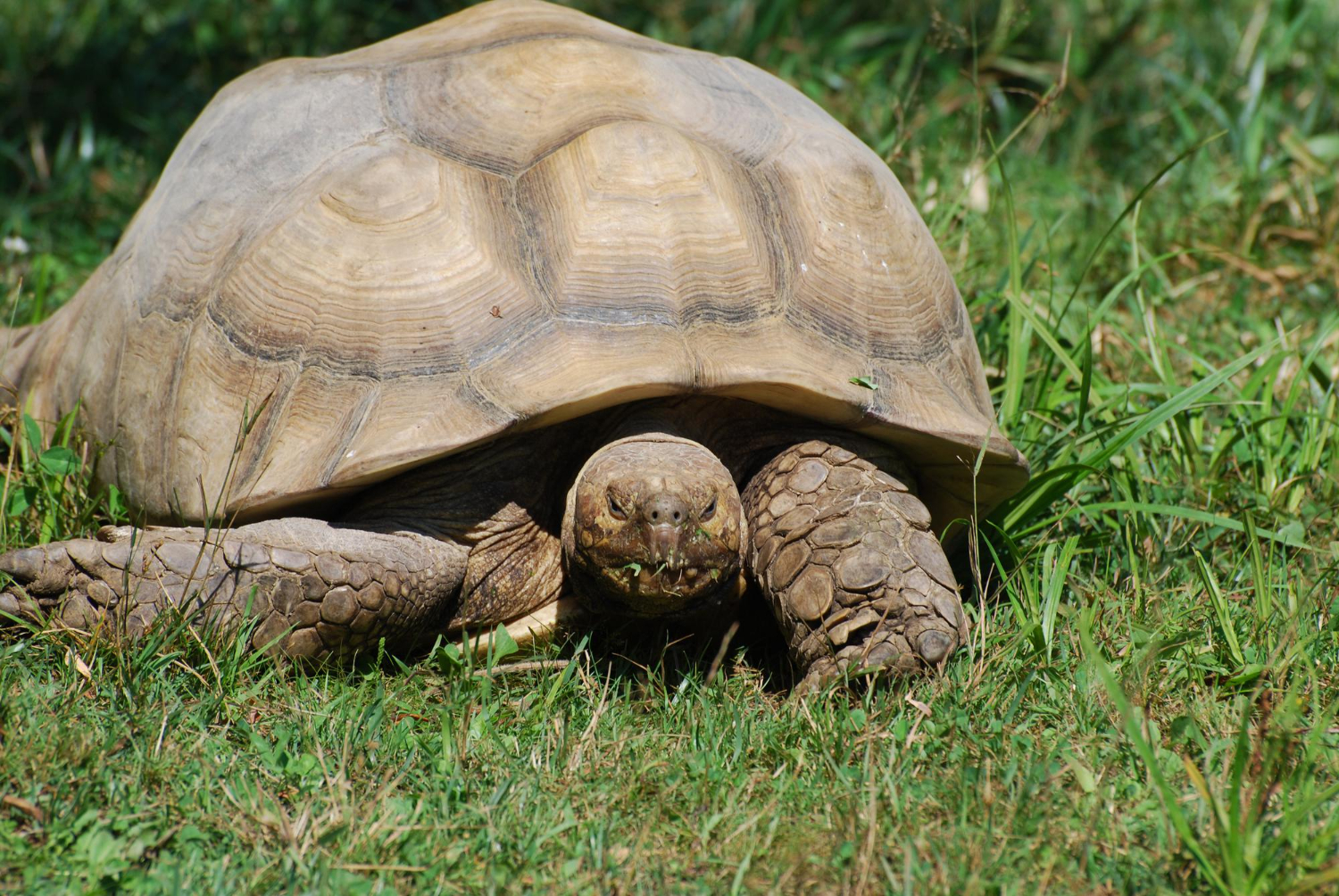Hibernation is a critical period in a tortoise’s life cycle, especially for species that are accustomed to a seasonal climate. As a tortoise owner, understanding and properly facilitating tortoise hibernation guide is crucial for its health and longevity.
This article provides a comprehensive guide on how to prepare for and manage tortoise hibernation.
Understanding Tortoise Hibernation
Hibernation, or brumation in reptiles, is a state of dormancy that tortoises enter in response to colder temperatures and reduced daylight hours. During this period, their metabolic rate drastically slows down, conserving energy and reducing the need for food and water.
Which Species Hibernate?
Not all tortoises hibernate. Species such as Russian, Hermann’s, and Greek tortoises commonly undergo hibernation, while tropical species like Red-footed or Leopard tortoises do not. Always research your specific tortoise species’ needs before planning for hibernation.
Pre-Hibernation Health Check
Before hibernation, ensure your tortoise is healthy enough to undergo this dormant period. A pre-hibernation check-up with a veterinarian specializing in reptiles is recommended. The vet will check for any health issues that might complicate hibernation.
Preparing for Hibernation
1. Diet and Weight Management
Gradually reduce your tortoise’s food intake before hibernation. Overfeeding can cause health issues, as food remaining in the stomach can rot during hibernation.
2. Hydration
Ensure your tortoise is well-hydrated before it enters hibernation. Soaking them in lukewarm water can help with hydration and bowel movements.
3. Temperature Gradation
Slowly reduce the temperature in your tortoise’s habitat to mimic natural conditions and trigger the hibernation response.
Creating a Hibernation Habitat
1. The Hibernation Box
Use a well-insulated box filled with a substrate like soil or dry leaves. The box should be placed in a cool, temperature-controlled environment, like a refrigerator specially set for hibernation purposes.
2. Temperature Monitoring
Maintain a consistent and species-appropriate temperature. For many species, this is between 2-7 degrees Celsius (35.6-44.6 Fahrenheit).
3. Humidity Control
Keep the substrate slightly moist to maintain adequate humidity levels, but avoid wet conditions that can lead to mold or respiratory issues.
During Hibernation
- Regular Checks: Monitor the temperature and humidity regularly. Also, check on your tortoise periodically to look for any signs of distress or health issues.
- Weight Monitoring: Regularly weigh your tortoise. A weight loss of more than 10% indicates that it might be time to end hibernation.
Waking Up from Hibernation
When it’s time to wake your tortoise, gradually increase the temperature and reintroduce light to simulate the arrival of spring. Once awake, your tortoise should have access to water and a small amount of food. It may take a few days for your tortoise to return to its regular feeding pattern.
Conclusion
Hibernation is a natural and essential process for many tortoise species. By preparing properly and monitoring your pet closely, you can ensure a safe and successful hibernation period.
Remember, the key to a healthy hibernation lies in understanding the specific needs of your tortoise species, careful preparation, and vigilant care.

